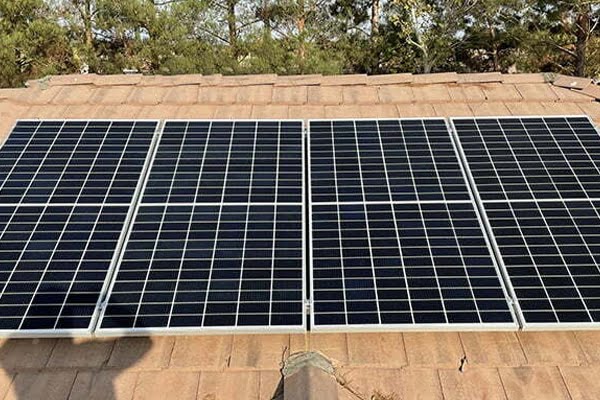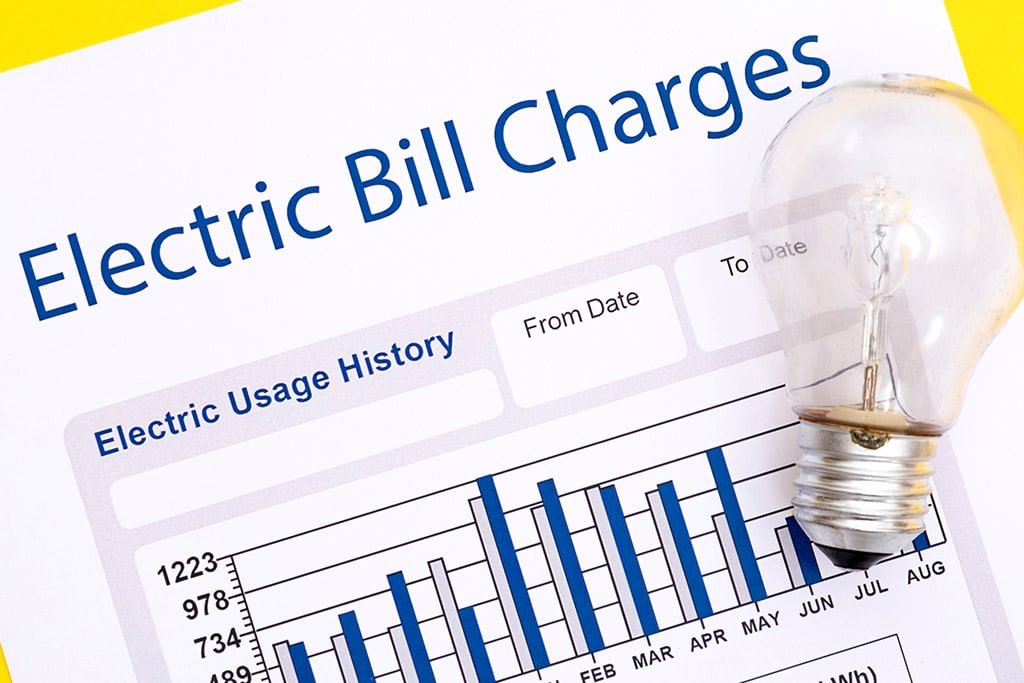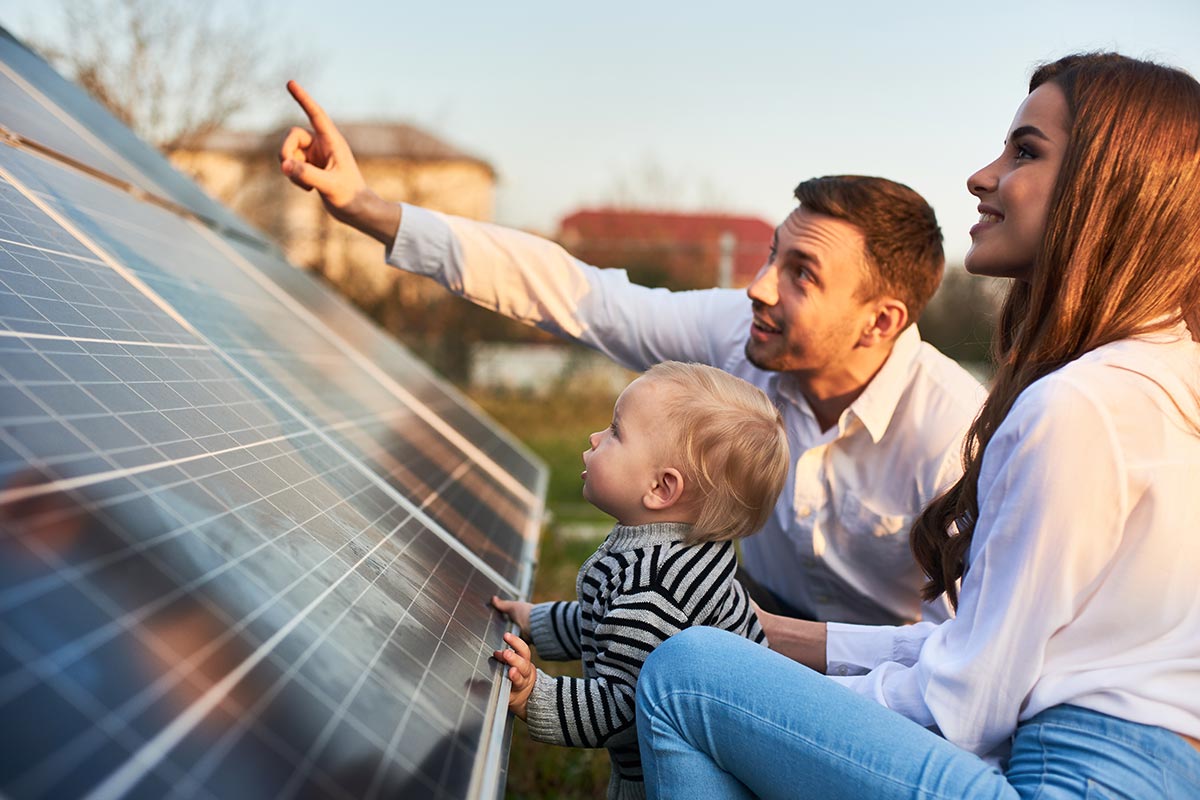No carbon footprint by 2030, – says US president Joe Biden. He could be the greatest president in the US story. But with 1.8 mln electric vehicles already on US streets, there are only about 100,000 charging locations at around 41,000 public locations. Those numbers clearly show the large gap between EVs and EV charging stations.
So, Joe Biden plans to build 500,000 EV charging stations. This will decrease emissions from the streets. The president says the country will need an aggressive plan for green policies. This can make Biden the most mundane vehicle. By 2030, there can be more than two mln public charges. By 2035, there will be more than two mln projects. With such big projects on the horizon, the EV charging companies will be delighted with the idea of investments in charging infrastructure.
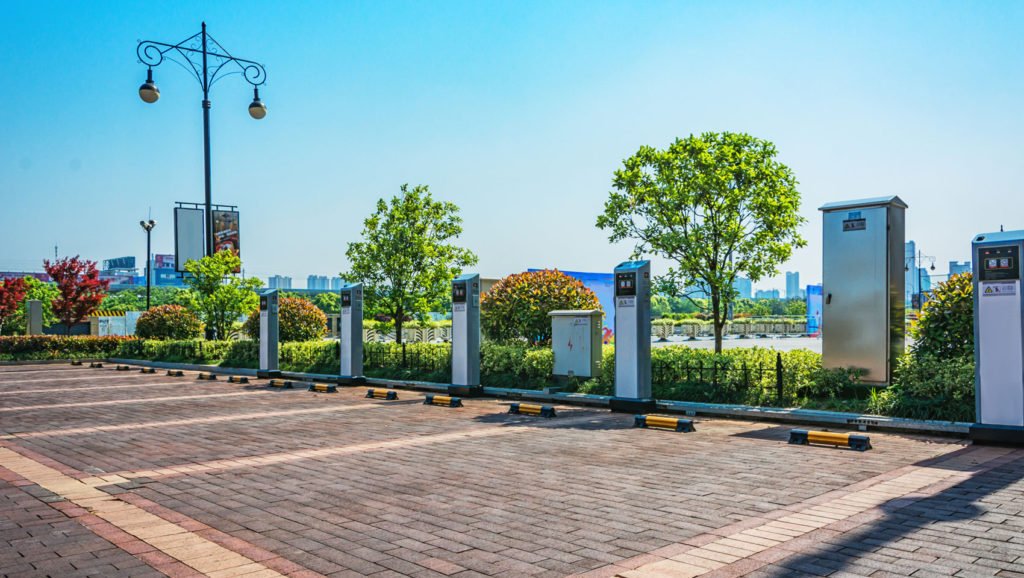
Charging stations for EVs are part of a $2 trillion infrastructure bill. With the government’s support, the idea is to expand EV infrastructure successfully. But it is again more than just the government support. There are not available EV drivers to promote the business. Moreover, EV charger networks are more complex than they seemed once.
EVs Are Saving The Planet
Transportation is the largest source of climate pollution in the United States. To help the climate crisis, we can make the cars on the roads cleaner. So, to avoid the worst impacts of climate change, we must change the way we use energy. Besides, the emissions are harmful to our health, causing asthma, cancer and other diseases. Later the impacts become long-term and localized.
In California, utilities invest more than $1 billion to build the charging infrastructure necessary for electric cars, trucks, and buses throughout the state. These types of infrastructure investments will become increasingly important for public transit agencies, businesses, and people who want to purchase an electric car but are afraid to install a charger at home.

By choosing to drive an electric vehicle, you reduce harmful air pollution from exhaust emissions. An electric vehicle creates some greenhouse gas emissions when charging from the electricity grid.
Besides, in case you have a solar panel system and charge your EV during the day, you can reduce your greenhouse gas emissions even further. Better air quality brings more minor health problems and costs caused by air pollution. EVs are also quieter than petrol/diesel cars, which means less noise pollution.
If EV charging is managed effectively, mainly outside peak electricity demand periods, it will help us create a flatter electricity network demand profile over a typical 24-hour period. This will help us too.
Convenience
However, drivers still worry about EVs, like they will not be able to take a road trip or visit somebody. Most EV owners have chargers in the house. It is also planned to put those chargers in gas station-like places, where you can find an EV charging station with great capacity.
Nowadays, the charging network of the States wants to prepare for more EVs on the roads.
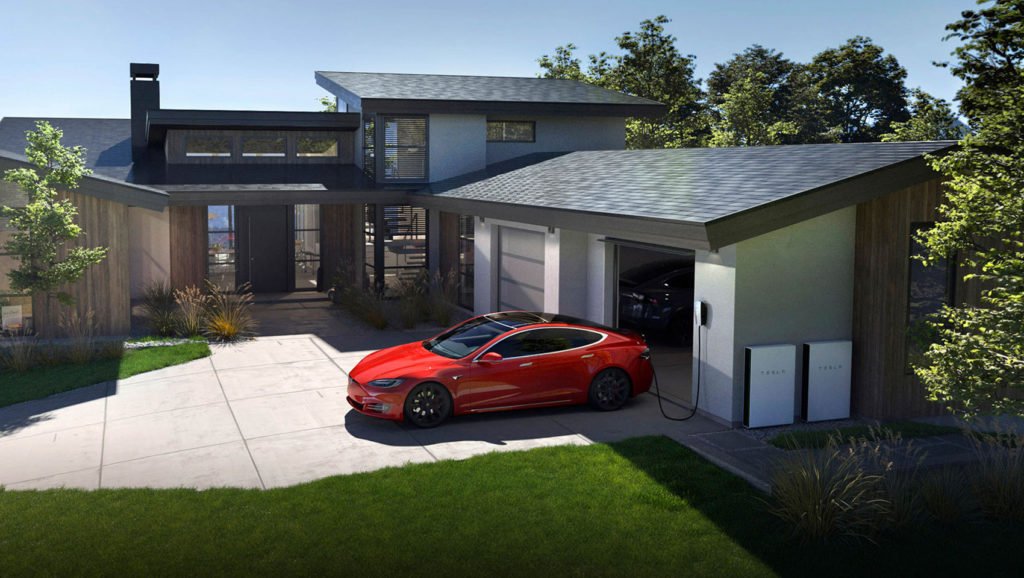
People will want to charge at home, overnight, then unplug and drive. At-home charging doesn’t work in every home without modification. And once on the road and needing a charge, even fast-charging batteries aren’t as fast as the five minutes consumers are used to spending at a gas station.
Author of a publication: Irene Abgaryan



